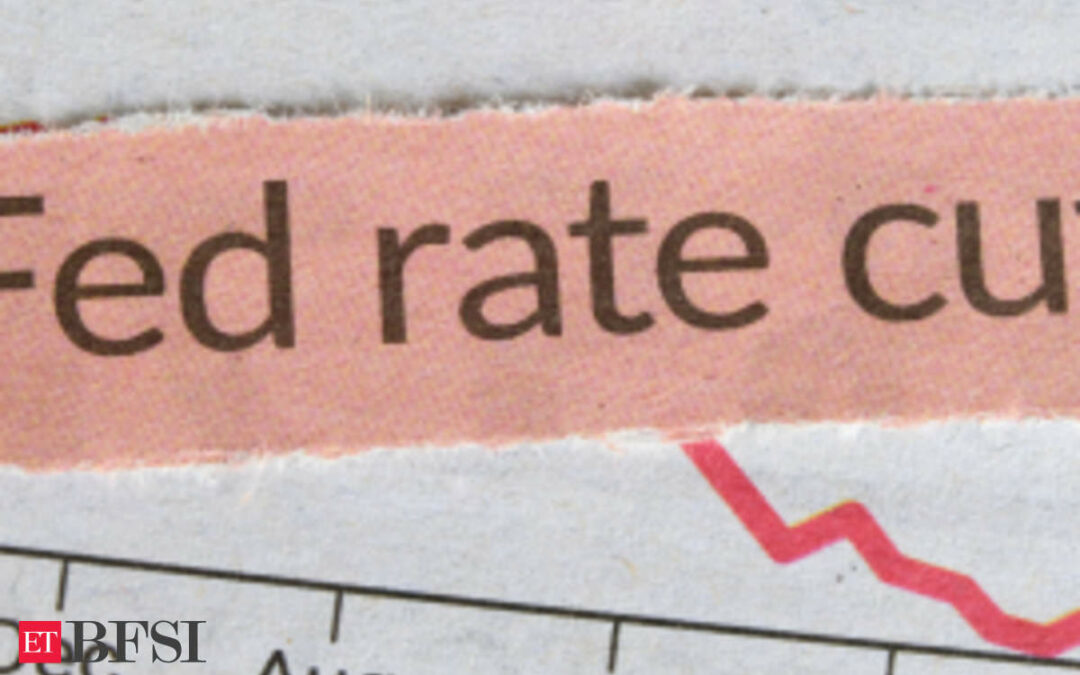The US Federal Reserve’s recent decision to cut its benchmark interest rate by 50 basis points has sparked discussions on its potential ripple effects across global markets, including India. While the move marks a shift in the Fed’s stance from curbing inflation to supporting growth, its impact on India’s economy remains uncertain. Indian markets have already reacted positively, but questions linger on whether the Reserve Bank of India (RBI) will follow suit. We look into how the Fed’s rate cut could influence India’s financial landscape, from stock market movements to future monetary policy decisions.How will the US Federal Reserve’s rate cut impact India?
The Fed rate cut may have limited direct impact on India’s investment inflows, according to government officials. While this decision could be beneficial for the global economy, its influence on India will be minimal due to existing economic factors and domestic policies. The Indian government and the Reserve Bank of India (RBI) will make decisions on interest rates based on the unique needs of the Indian economy.
How will the Fed rate cut impact Indian banks?
If the Fed’s rate cut leads to the RBI cutting rates, Indian banks may face short-term challenges. Initially, banks will see pressure on their net interest margins because deposit rates take longer to adjust compared to loan rates. Since banks are already struggling with slow deposit growth, lowering deposit rates too quickly could further strain their ability to attract funds, making it difficult to maintain credit growth.
However, in the longer term, a rate cut could benefit banks by reducing borrowing costs for customers. This would improve borrowers’ ability to repay loans and encourage new borrowing, potentially enhancing banks’ asset quality. As interest rates decline, it could also foster economic growth, reducing the likelihood of defaults and boosting the overall health of the banking sector.
What factors will the RBI consider before making its own rate cut?
Despite the Fed’s move, the RBI is expected to maintain its cautious approach. The central bank is primarily concerned about inflation, especially rising food prices. The RBI’s Monetary Policy Committee (MPC) has kept the repo rate steady at 6.5% for nine consecutive meetings, citing inflation risks. While global trends like the Fed’s rate cut are noted, the RBI’s decisions will largely depend on domestic inflation data and long-term economic trends.Could India follow the US in cutting rates?
Historically, India has followed global trends, including U.S. rate movements, but the RBI has adopted a “wait-and-watch” approach for now. With inflation being a key concern, particularly food inflation, a rate cut in India may not happen in the immediate future. Analysts suggest that the RBI may consider a rate reduction later in 2024 or even in FY25, depending on inflation trends and the global economic environment.
How will this affect foreign investment in India?
While the Fed rate cut could cause short-term outflows of Foreign Institutional Investors (FIIs) from Indian markets, a weakening U.S. dollar may attract foreign investments back into India in the medium term. India’s strong economic growth outlook and stable risk assets may continue to appeal to investors, keeping the country relatively insulated from global rate movements for now.
What is the broader global impact of the Fed rate cut?
The Fed’s rate reduction has eased pressures on global exchange rates, particularly in emerging markets. Some countries, like Indonesia, have already implemented rate cuts in response. This broader global trend may push emerging economies, including India, to reconsider their monetary policies in the near future, although India may not follow immediately.











